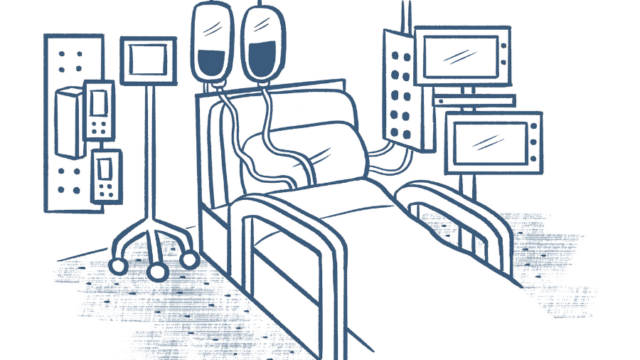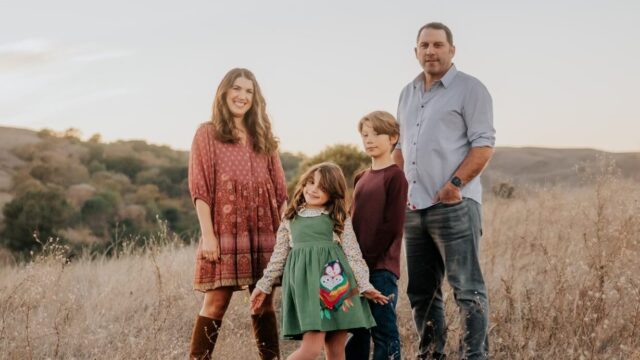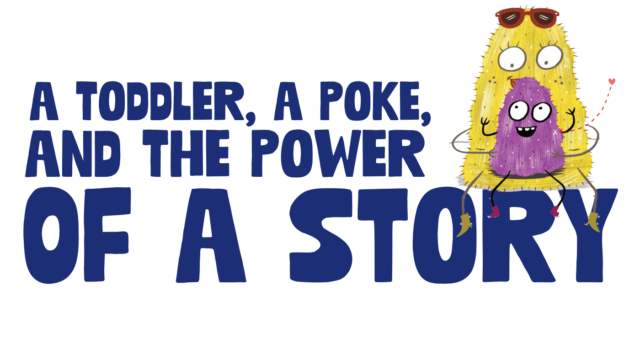The Meg Foundation Origin Story Part 2:
How one little girl and the idea of empowering people became the Meg Foundation.
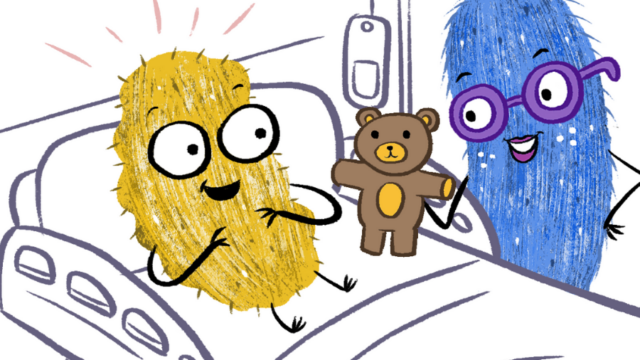
Jody Thomas, PhD
Share this:
This is part two of our four-part series, “Pause & Reflect.” (We suggest you read part one here!) We are taking a moment to dig a little deeper into our origin story, including why we exist, how we came to be, the impact we've had in the past five years, and our grand plans for the future. In this post, our CEO Dr. Jody Thomas describes how her professional and personal path led her to creating the Meg Foundation.
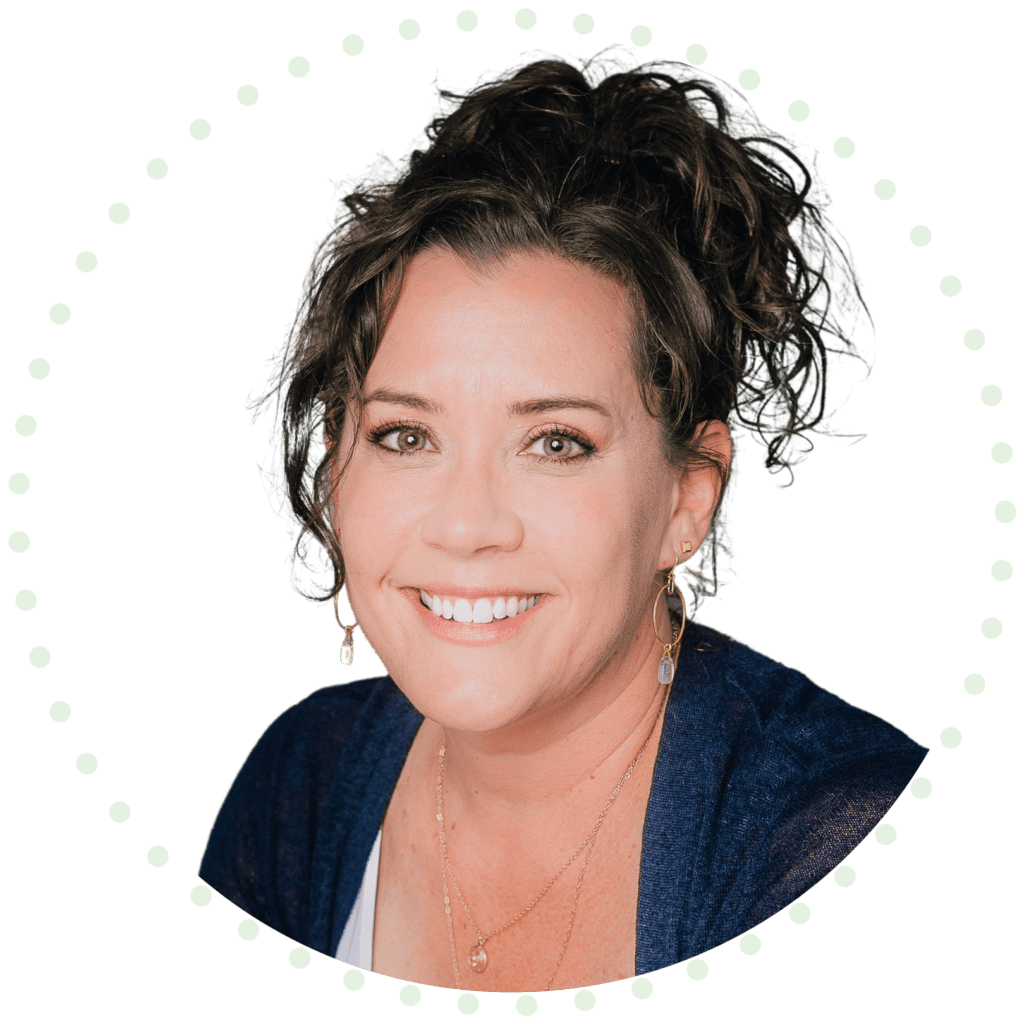
My own anxiety started to rise as I watched her struggle. She was trying so hard to “be a good girl” and stay in bed. But I could tell every fiber of her being wanted to run away in terror.
Graduate school was a whole new experience, that was for sure. I was a long way from my undergraduate studies at Stanford, where I volunteered regularly with the kids on the pediatric oncology unit.
That volunteer experience sparked my interest in pediatric health psychology and inspired me to get my PhD. It also prepared me for graduate school. By the time I officially started training, I was intimately familiar with the suffering kids with major chronic diseases like cancer endure.
I already knew what most people do not: despite all the scary unknowns of having a disease like cancer, for kids the hardest part of the day to day was the pain they experienced. Pain from the disease, pain from treatment, and very notably pain from being poked and prodded for various medical procedures. It is often traumatic. And I mean traumatic in the literal, speaking-as-a-psychologist, sense of the word.
A ball of fire and spirit
Perhaps my greatest education came in the form of Jordan, a six-year-old ball of fire and spirit. We met during my clinical training placement at a local children’s hospital. Jordan was a patient on my very first caseload. Jordan had sickle cell disease (SCD); a serious blood disorder characterized by frequent bouts of extreme pain.
Like many kids with SCD, Jordan was in and out of the hospital often due to major pain episodes. Not only did these hospital visits treat Jordan’s chronic and acute pain, but they also subjected her to a barrage of tests and medical procedures. To put it mildly, Jordan had gone to hell and back—many times—during her all too brief life.
Hey, Jordan…I’m here
During one of these visits, Jordan was scheduled to get a CT scan of her belly. Although a CT scan isn’t a painful procedure, Jordan was terrified. Her history of trauma surrounding medical procedures meant fear and anxiety quickly escalated. And to complicate matters further, Jordan’s mom couldn’t be with her for the test. Jordan felt scared, vulnerable, and alone.
My own anxiety started to rise as I watched her struggle. She was trying so hard to “be a good girl” and stay in bed. But I could tell that every fiber of her being wanted to run away in terror.
Though I was shaken, I walked up beside her and gently took her hand. Remembering my training, I intentionally slowed my breathing and calmed my voice, too.
“Hey, Jordan … I’m here now.
Did they tell you what they are going to do?”
“WHERE IS MAMA???” Jordan screamed as the orderlies pushed her gurney toward the elevator doors.
“She can’t be here quite yet, Jordan. But I’m here.
Do you notice how it feels to hold my hand?
Does that feel good?”
Jordan nodded and I felt her grip my hand tighter.
“We are going downstairs now to take some special pictures of your belly. The pictures won’t hurt and all you have to do is stay still for a bit. It is actually a really cool process! It will help us know what is going on in your beautiful belly, too, and hopefully give us some ways to get you feeling better.
But right now will you play a game with me?”
“Yes,” Jordan replied.
“Great! First, I need to know … what color is comfortable today?”
Jordan looked confused for a brief moment but quickly replied, “Green!”
“Great, I love green,” I said.
“What about uncomfortable? What color is uncomfortable today?”
“BLACK,” she replied without hesitation.
“Fantastic choices, Jordan. Now let’s take a few deep breaths together—you and me. When we breathe in through our noses, we can picture that gorgeous green color filling up our bodies with beautiful comfort. And when we breathe out, we can notice that murky black color … and all that yucky uncomfortableness … leaving our bodies … and floating away. The more green that you breathe in, the more comfortable you feel. And the more black you breathe out, the more comfortable and relaxed you feel, too!”
Breathing that empowers
I watched as Jordan’s muscles relaxed and her shoulders dropped. Her breathing slowed, too, as she closed her eyes to concentrate on the colors moving in and out of her body. The orderlies exchanged skeptical looks as Jordan continued to breathe calmly. But they remained quiet and let us talk as they wheeled the gurney down the basement hallway.
Right before the entrance to radiology, Jordan opened her eyes and looked at me. She was relaxed and her voice was calm.
“Do you think they’ll be able to see all the green comfort inside me when they take the pictures of my belly?” she asked.
“What a great question,” I said.
“We will have to ask them after you’re done.”
Words and imagination
Jordan taught me just how important our use of language is, and how powerful it is to access a child’s imagination to bring them comfort and relief. A vast body of scientific literature supports the use of these types of anxiety reduction techniques, but the most convincing argument for me was witnessing it firsthand through Jordan.
Simple and powerful
Without even trying, Jordan taught me the incredible power of simple intervention. Like most humans on planet earth, Jordan did not like needles. I was often called in to support her through procedures like blood draws and IV starts.
Her anxiety was so high during these procedures that the nurses decided she was “bad enough” for numbing cream. But Jordan’s needle sticks weren’t terrifying when her mother (or another trusted adult) hugged her during the poke rather than medical staff holding her down. By encouraging Jordan to distract herself with video games and her favorite dolls, she kept her anxiety at bay. And sometimes Jordan didn’t even notice when the needle went in.
Doing it right from the start
But the truth was the team didn’t use these strategies on every kid, even though the methods were inexpensive and easy to execute. To be blunt, my pushing for them to help Jordan, and her consequently labeled as “difficult,” was the only reason the team agreed to them and they happened.
Even in my young and naïve state, this struck me as bizarre. If these strategies work well, why don’t we use them on everyone?
Pain is complicated
Jordan was a walking, breathing, example of the biopsychosocial model of pain that I was learning in school. The research is clear: pain is not only about the stimulation of nerves. And it doesn’t directly relate to the extent of tissue damage either.
In normal people speak, this means our pain experiences transform, for the good or the bad, by multiple factors like our psychological state, our confidence in our ability to cope, and how the people around us are responding to our pain experiences, too.
Put simply: more stress = more pain. Less validation and support = more pain. More coping skills and control = more comfort.
The limits of medications
Learning other skills doesn’t mean you should ditch medications altogether. Medications were sometimes helpful for Jordan but as she often – and wisely – pointed out, they didn’t work quick enough, long enough, or well enough. And many of the medications had nasty side effects which she hated. But Jordan’s medications tended to work much better when she was utilizing other pain management self-help strategies, too.
Another important point: medications depended on her doctors—would they write her a prescription, would they prescribe enough, and how long would they allow her to continue taking it? There is tremendous anxiety in HOPING the person with the power to help you will do it. There is tremendous comfort, power, and control in knowing you can help yourself.
Taking control
Jordan’s new skills and knowledge about pain gave her a sense of power and control which came from her knowing HOW to handle different situations. This level of empowerment is a game changer. And that very same sense of power and control links to a lifetime of better healthcare experiences and improved future health outcomes.
Early pain experiences can also carry LIFELONG consequences. They impact everything from addiction risk, to chronic pain risk, to adult healthcare outcomes, to listening to medical advice, and the willingness to go to the doctor in the first place. This work is not only about preventing unnecessary suffering now. It’s about avoiding future suffering before it starts.
Obsession
After my experience with Jordan, well, I became a little obsessed … some might say a lot obsessed. Pain became my “thing,” as they say. I started asking a lot more questions—of myself and of the field of medicine.
Many years of training, research, patients, and fellowships later, I found my way back to Stanford. But this time, as a professor at the School of Medicine. I became the founding Clinical Director of the Pediatric Pain Rehab Center at Stanford where we got kids struggling with chronic pain back on their feet (often literally) and back to living their lives.
But honestly, it didn’t feel like enough.
Going big
What became clear to me is that as a people, we need to think bigger. Many of the kids I have met over the years wouldn’t have needed someone like me if they had the right skills and tools from the start.
Getting good care shouldn’t be about luck in meeting someone with my training at the exact right moment. These tools, skills, and information should be available at any time to anyone anywhere in the world. You should have access to what you need, whether you’re seeing a doctor at Stanford or sitting in the waiting room at a rural health clinic … or resting on the couch in your living room.
Power to the people
This is why the Meg Foundation exists.
With good tech and design, creating resources that change lives is POSSIBLE. Our tools put pain management power in the hands of the kids, families, and communities. And through our resources and provider materials, we also support healthcare professionals wanting to change how the world thinks about pain and treats it, too! But we know, to change the world, we must even the playing field and improve access for all. Our translated materials are a first step and with a resource count already in the double digits, we have no plans on slowing.
It’s up to us to change the status quo so we can eliminate unnecessary suffering today, tomorrow, forever, and always.
Truth is, we are already doing it, and not to brag, doing it pretty well. Curious about what we have done to move the needle? Well, sit tight! You’ll be able to read all about it in an upcoming blog post!
To learn more about how powerful, and how simple, good pain management can be, visit our resources.
Want to know what happens next? Check out Part 3: Our vision!
You May Also Be Interested In
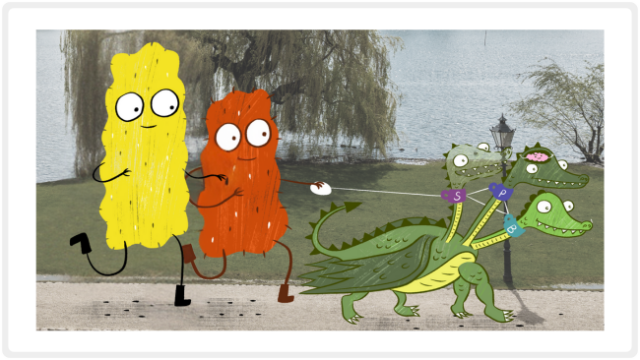
Blog Post
Our vision: What if good pain care was the norm?
Where do we see the Meg Foundation going? What are our hopes for the future? We are so glad you asked! Let's talk about our big plans!
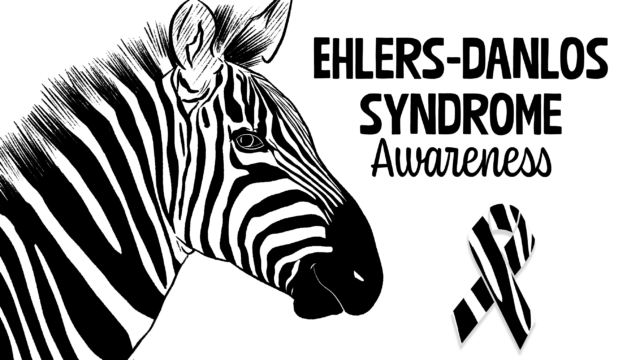
Blog Post
A Pain Psychologist’s Perspective: Living with Ehlers–Danlos
A unique perspective on what it's like to live with Ehlers Danlos Syndrome
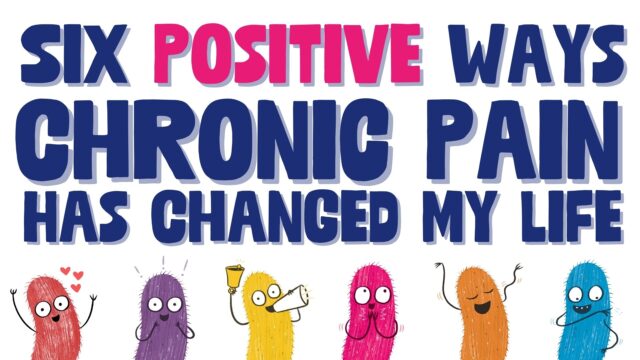
Blog Post
6 Positive Ways that Living with Chronic Pain Changed My Life: Lessons Learned Over a Decade
In this blog post, Brooke Greenberg, a Clinical Psychology PhD student, reflects on her 10-year journey with chronic pain and shares six positive ways it has transformed her life.

About the Author
Dr. Jody Thomas is a licensed clinical psychologist, and specialist in pediatric medical illness and trauma. A well-known expert in pediatric pain who teaches internationally on the subject, she is also a founder and the former Clinical Director of the Packard Pediatric Pain Rehabilitation Center at Stanford, and a former Assistant Professor at the Stanford University School of Medicine. Though she now lives in Denver, CO, she still serves as Adjunct Faculty for Stanford, providing supervision and teaching. As a consultant for the Lucile Packard Children’s Hospital at Stanford, she directs projects on the integration and innovation of pain management using tech-based intervention. Her passion for bringing together the power of medical science, technology and design to transform the way we think about kids and pain led her to her current focus but it’s her role as a mom of two that solidified her path in creating the Meg Foundation.
